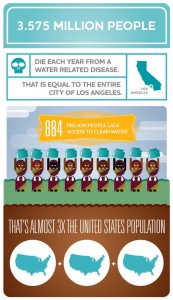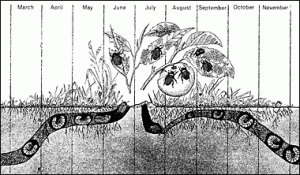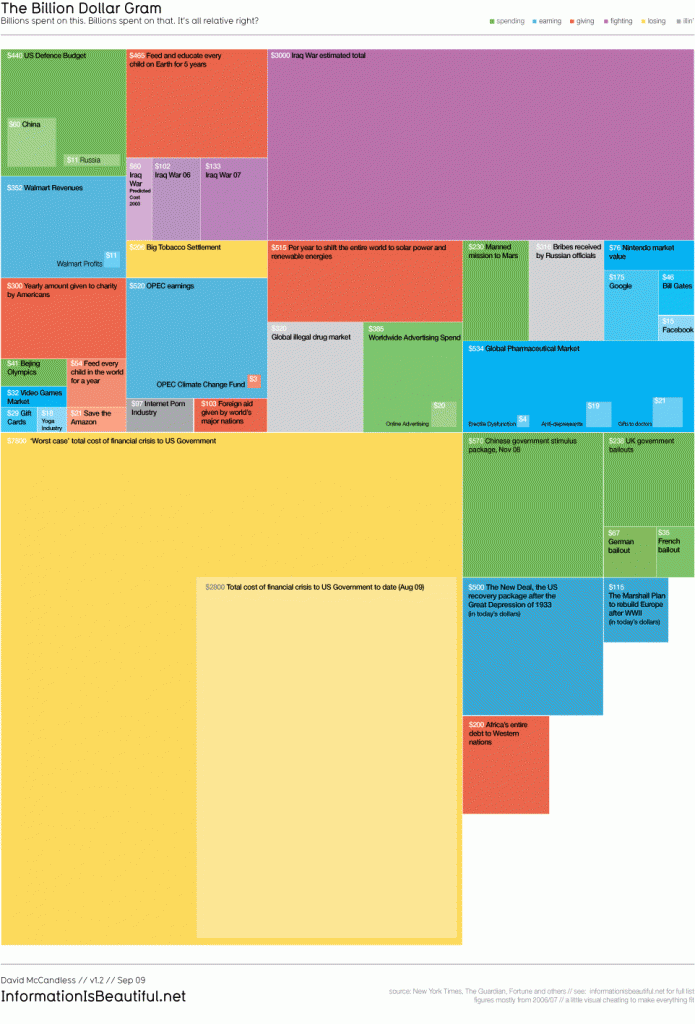There is an important role for graphic designers to support social movements in communicating complicated information in pleasing and efficient ways.*
Today organizers, advocates, and activists face a uniquely modern dilemma: information overload. Confronted with the dire urgency of injustice, we so often find ourselves struggling to communicate complex issues to people who are deluged every day with massive amounts of data and information. Some social justice concerns are still frighteningly simple; it does not take much to get across the horror of an event like the shooting of Trevon Martin. But in many important arenas — such as economic inequality or climate change — half the battle in educating one another is figuring out how to simplify and communicate information in a way that is efficient, engaging, and true.
Enter the information designer. We all know that the visual is important. Yet it is still so common, walking by a rally, to be handed a double-sided sheet of paper packed with text and maybe a grainy photo. When was the last time you read that front-to-back? The world is a complicated place, but by uniting visual and word-based information in creative ways we can better reach one of the key goals of social movements: understanding.
Designers of Information
People have been displaying information visually for, well, ever. Over the centuries,
cartographers, artists, educators, scientists, journalists, and many others have developed engaging ways of communicating information through
images. But the modern field of “information design” is uniquely embedded in today’s
world of statistics, vast information availability, and the internet. A new breed of visuals
has sprouted up under the name infographics, and some of the results are
astoundingly beautiful. Increasingly popular in newspapers, magazines, and on the web,
infographics come in many shapes and sizes, describing all kinds of data, processes, and
relationships. (For example, see the recent infographic on racism in
technology published on this site).
One of the modern masters of this art is David McCandless, whose recent book The Visual Miscellaneum has me enraptured. A “data journalist,” McCandless has been creating visual representations of all kinds of information, from global militarization to creation myths. His work shows stunningly how design can give context to huge numbers, uncover new relationships, and engage the viewer in ways that the raw information could never do.
Across the web one can find many examples of infographics that tackle social-justice issues. But one of the more exciting efforts has been Occupy Design, an online effort to create a “visual langauge for the 99%” in concert with the Occupy movement. Though their focus seems now largely on more propaganda-style art, they originally also created a number of infographics to communicate the economic realities underlying the Occupy movement. They offer an example of how we might begin to build explicit relationships between graphic designers and movements.
Information Design in Practice
As I see it, information design could play out in a couple of ways in social justice work.
First of all, as modeled by Occupy Design, professional designers could be called upon to
bring their skills to social movements. Their role would be to developing graphics that
flesh out the systems of power and oppression that movements are addressing — or
alternatively the history of efforts towards change.
But a second strategy could be a pedagogical one, which I believe would have a much broader effect. The act of creating information graphics is itself a process of learning. Rather than simply hiring a graphic designer to better convey information, designer/educators could facilitate the analysis of information and the creation of information graphics by members of the broader movement. This would serve as both an internal pedagogical process, in which a community of people teach one another and build research and design skills, as well as a tool for external communication.
Either way, the tools to communicate and educate are there, we just have to take them.
*This argument has nothing to do with the fact that your humble blogger here is a graphic designer. Probably.









2 thoughts on “Designers Wanted: Social Movement Work”
Comments are closed.